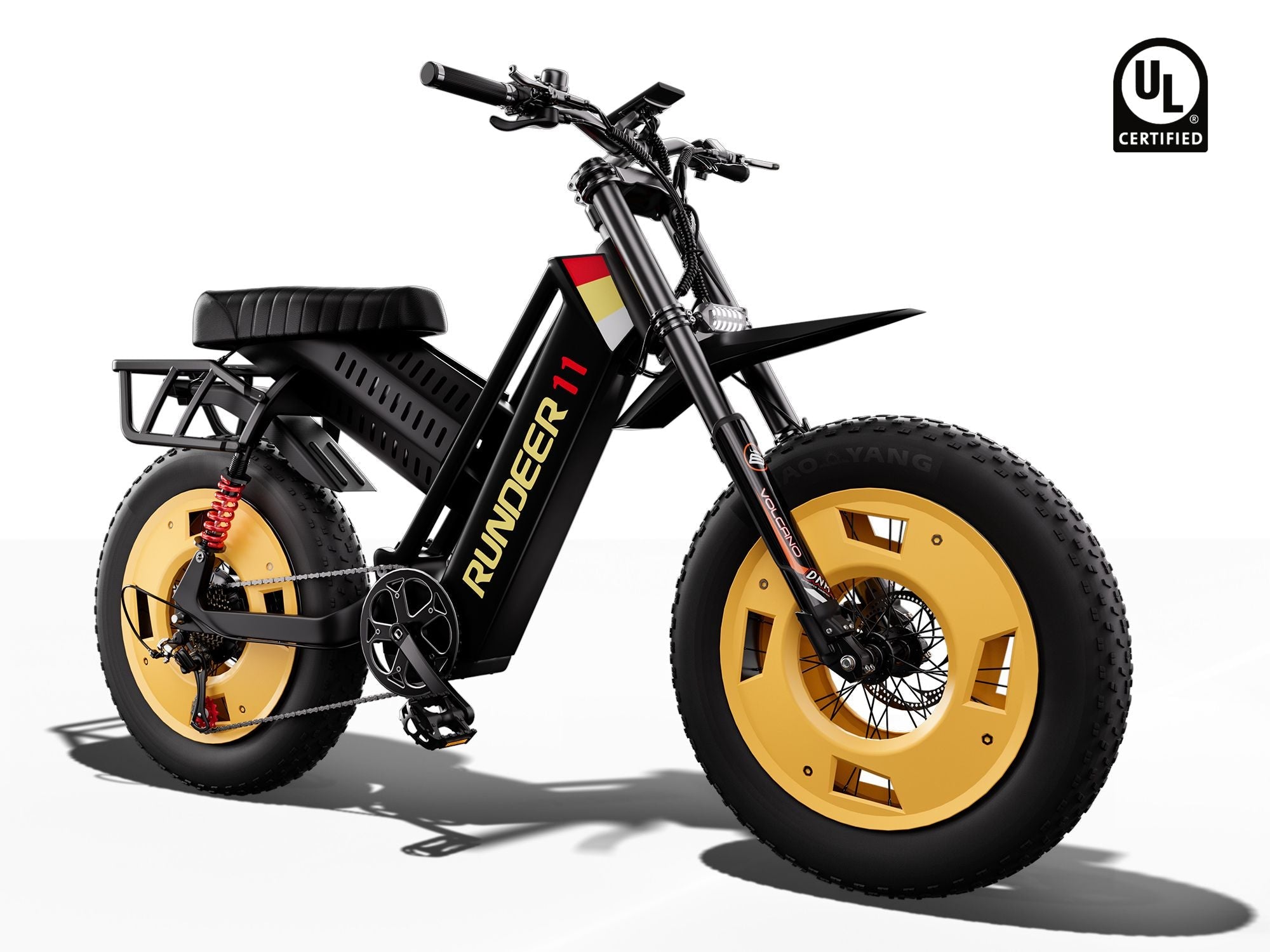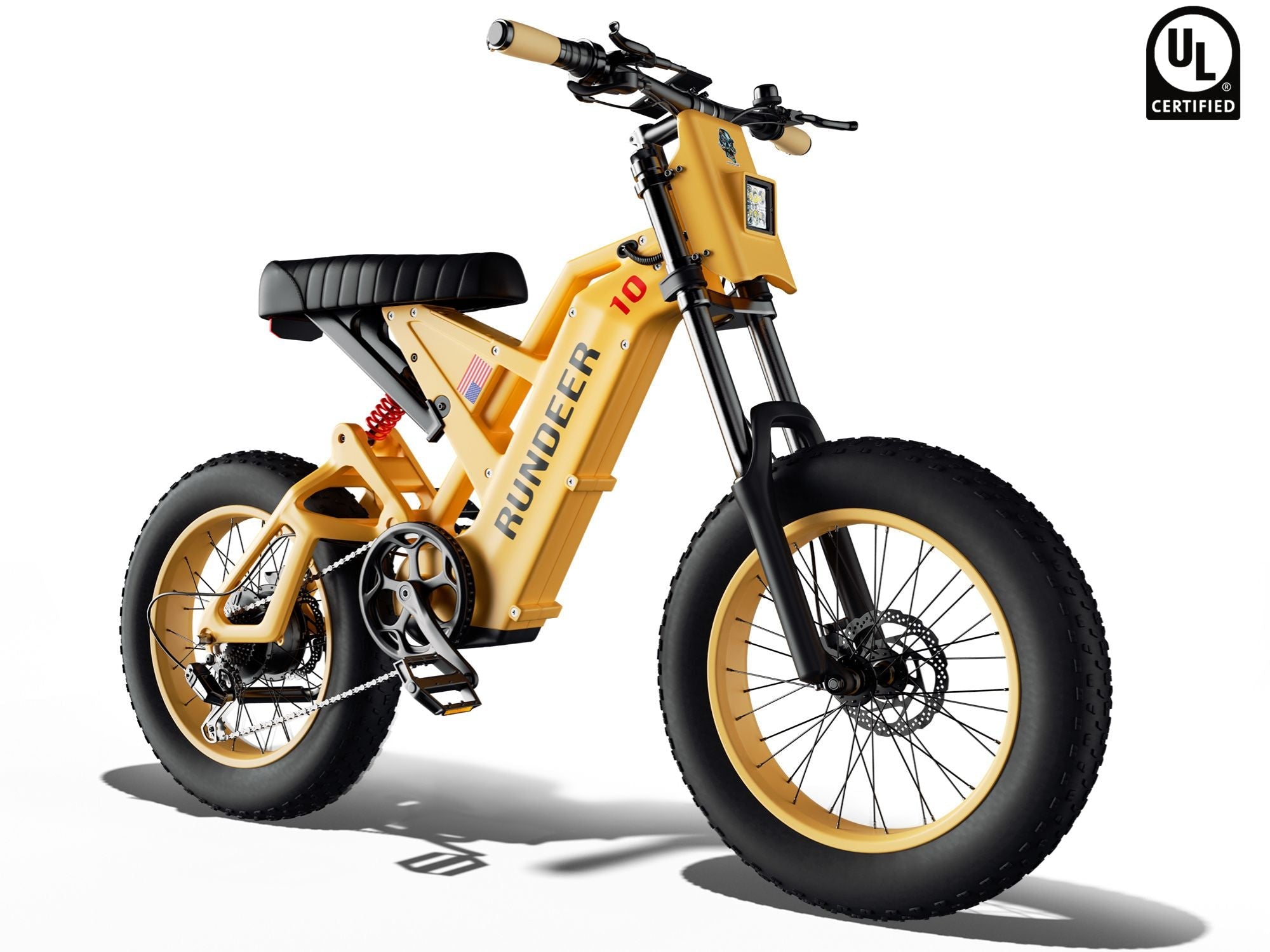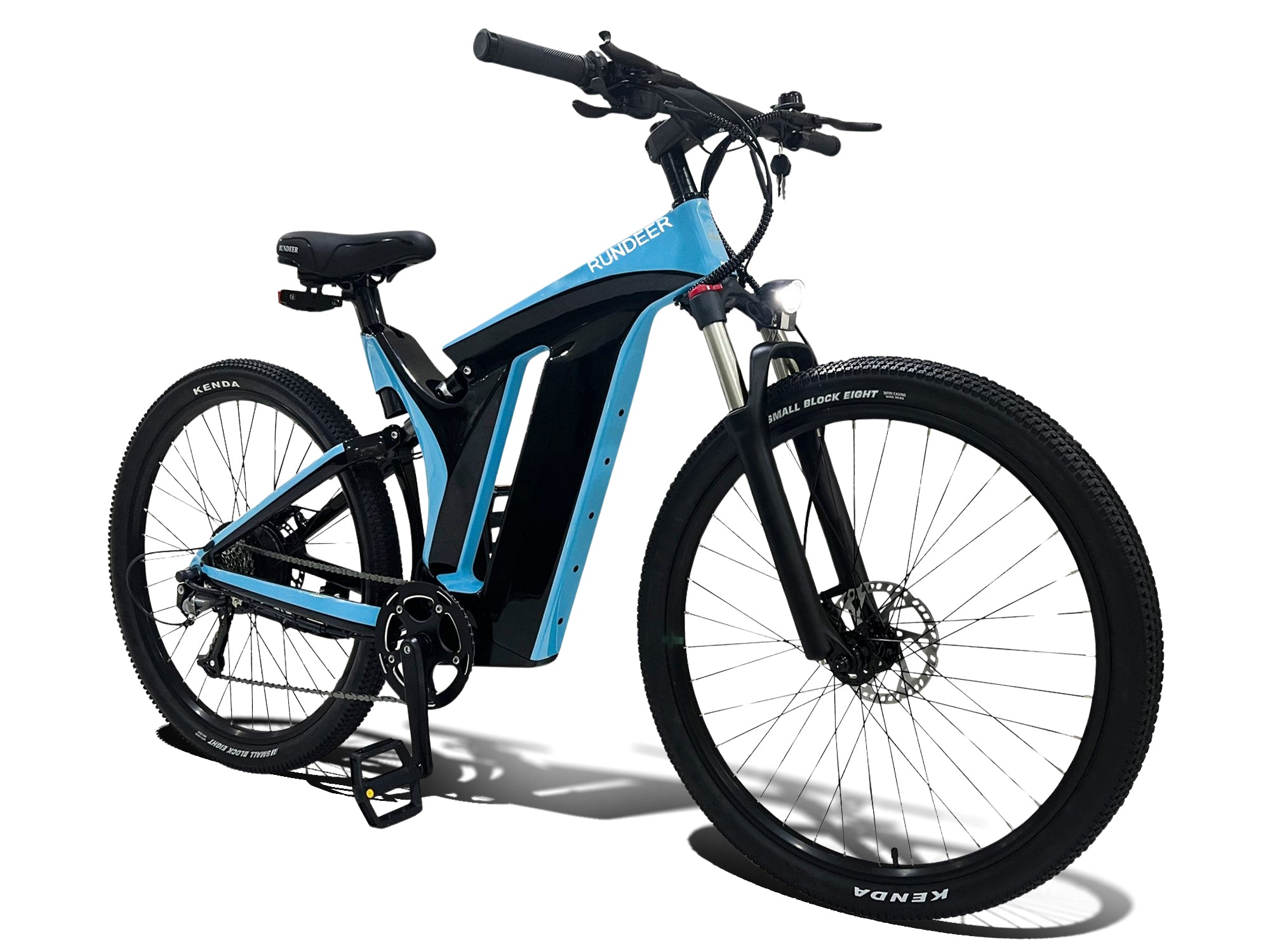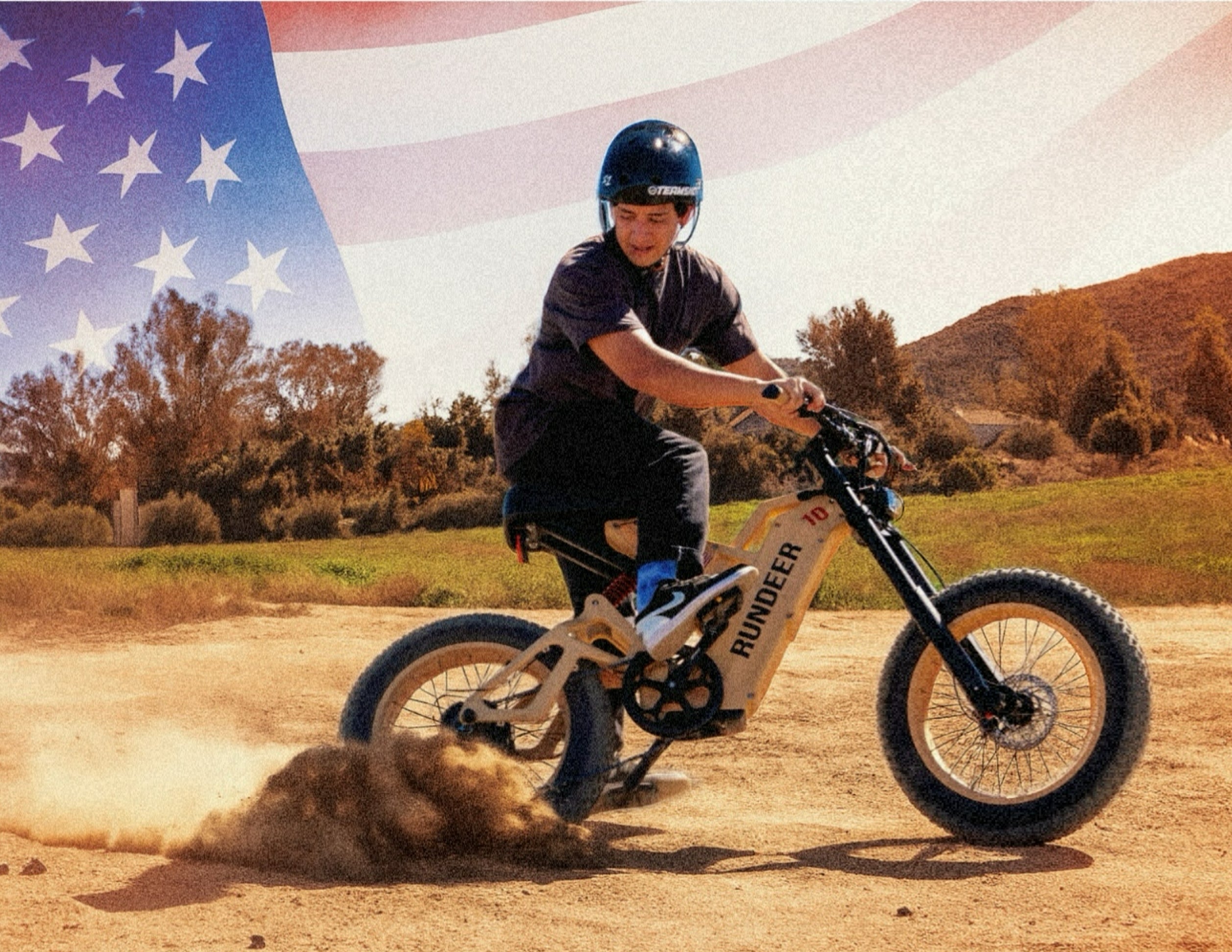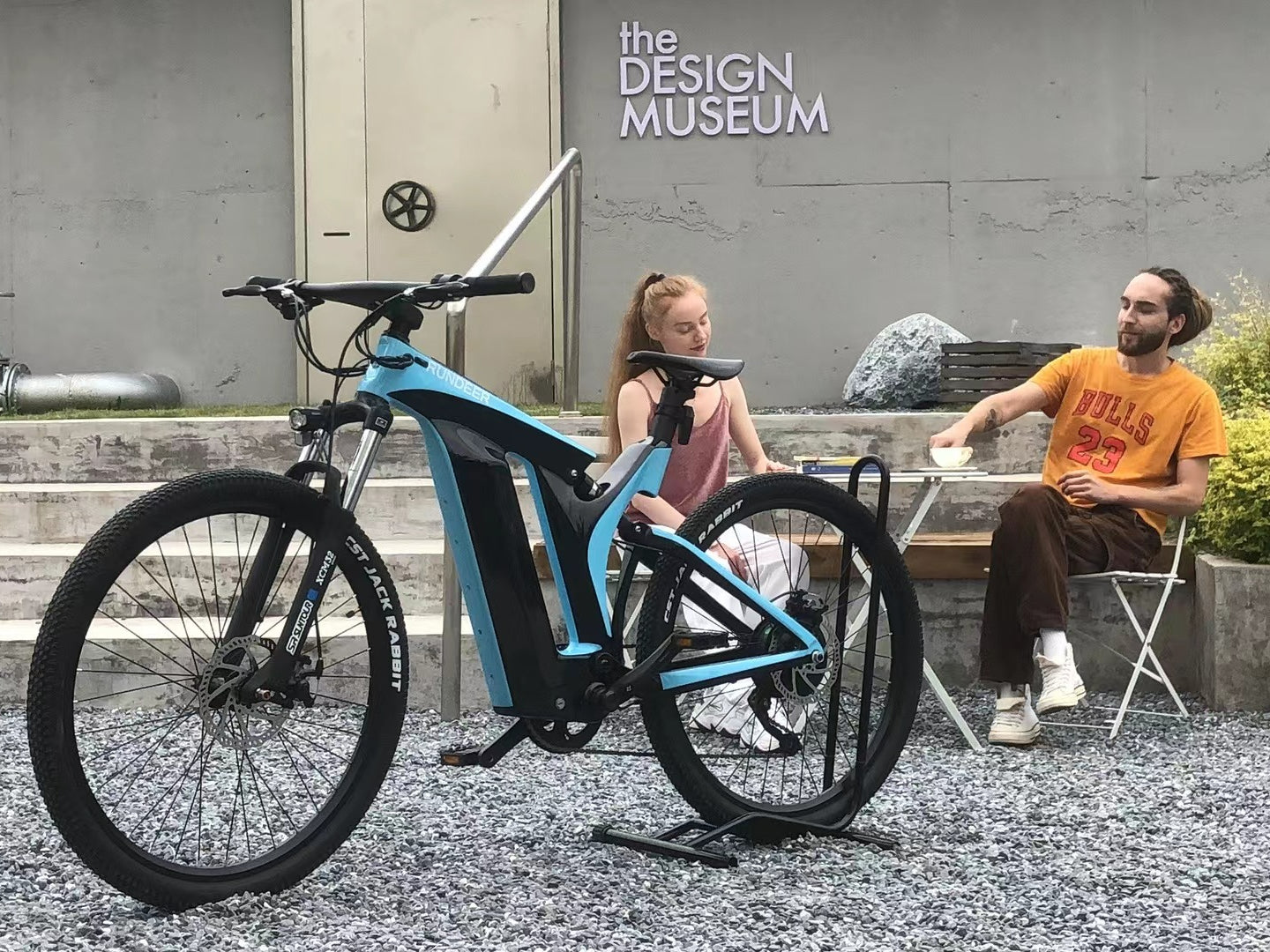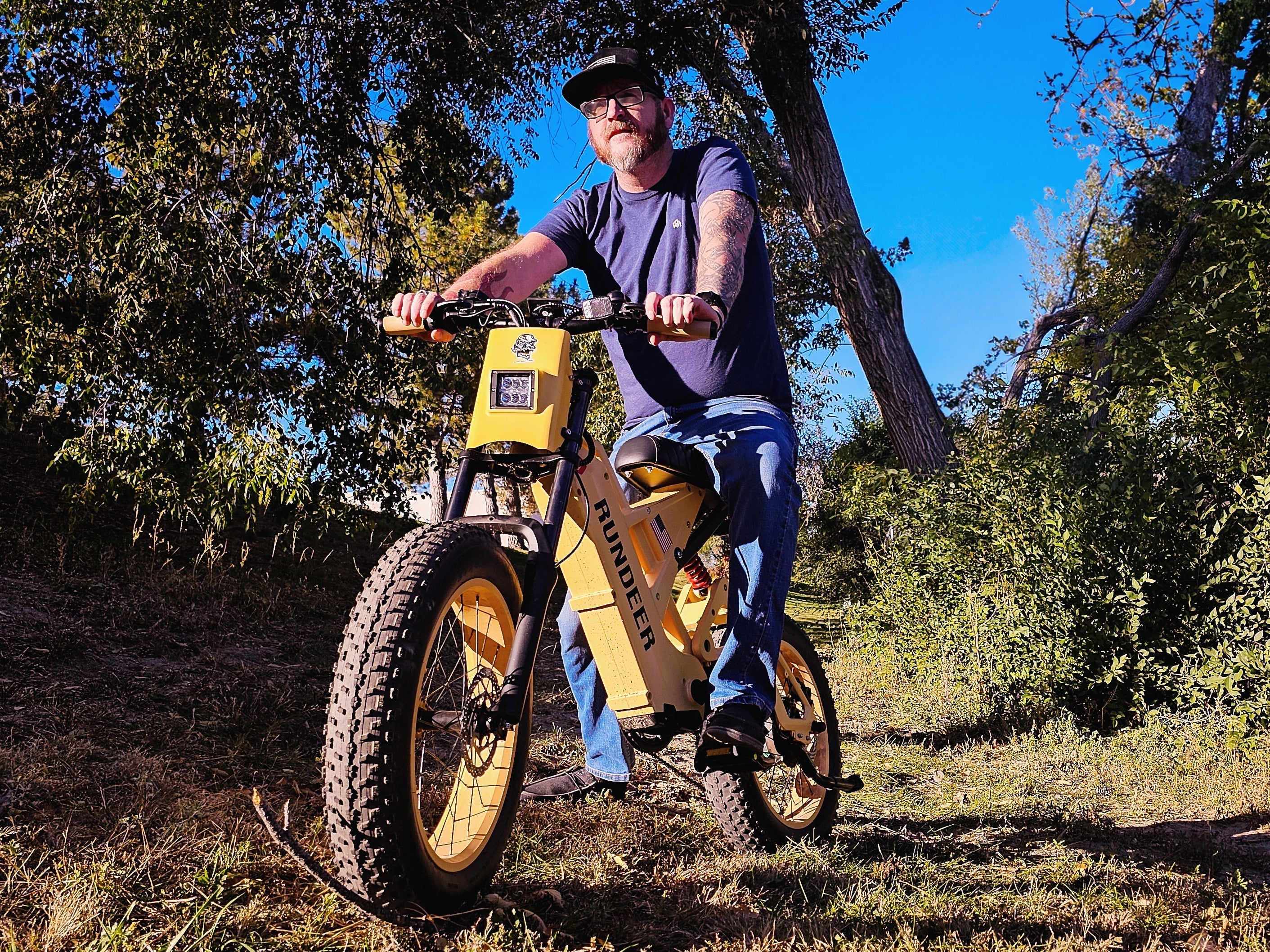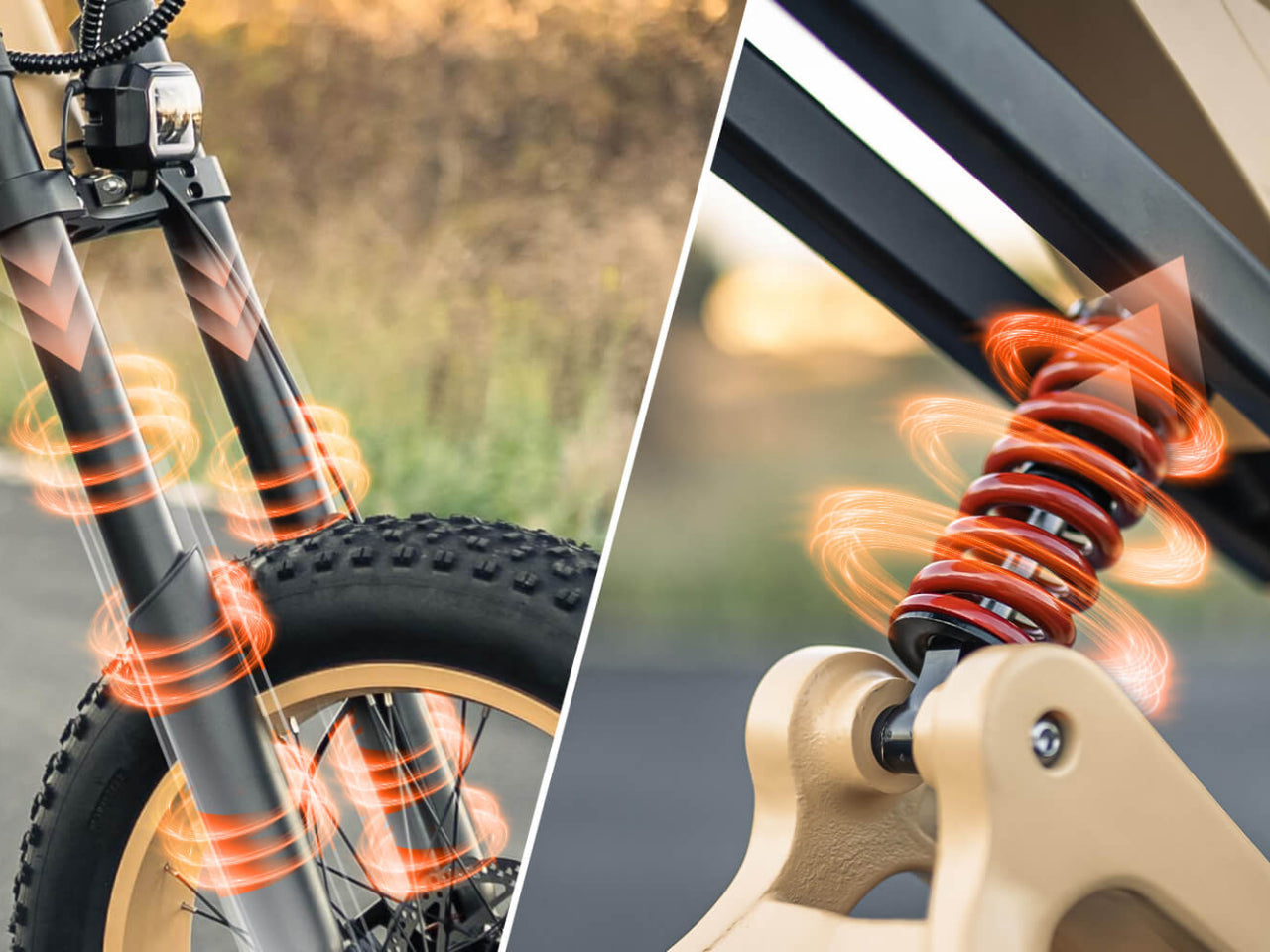Tired of bumper-to-bumper traffic? Dreading that uphill climb on your way to work? Your daily commute doesn't have to suck. Electric bikes are changing how we get around cities, giving you an easier, faster way to travel without getting all sweaty. This guide covers everything you need to know to pick the best e-bike for your city adventures in 2025.
E-Bikes: More Than Just a Fast Ride to Work
E-bikes do more than just get you there faster. Ever been stuck in traffic, watching cyclists fly by? You get it. E-bikes give you something that's hard to find in the city: a reliable commute. You won't have to guess if you'll be on time for that morning meeting or figure out how early to leave to miss traffic.

Skip the Guesswork: Reliable Commutes
E-bikes are great for cities because they're so flexible. They fit right in with the way things are already set up, but they don't have the same problems. Bike lanes become your personal fast lane. One-way streets and traffic jams? Not your problem anymore.
City-Friendly Flexibility: Conquering Urban Obstacles
Then there's the environment. Those short drives to work really add up when it comes to pollution. Even if you just use an e-bike a few times a week, you'll make a real difference over time. And don't think you're not getting exercise—you are, just not enough to need a shower when you get to the office.
Go Green, Effortlessly: Helping the Environment
The health benefits are worth talking about, too. Studies show that people who use e-bikes actually ride more often and farther than people who use regular bikes. It's easy: when it's more fun, you're more likely to do it regularly. Plus, it feels great to ride in the fresh air instead of being stuck in a car on your way to work.
E-Bike Motor Types Explained
The motor is what makes an electric bike go, and the type of motor makes a big difference. Most e-bikes use either hub motors or mid-drive motors, and each has its own pros and cons.
Hub Motors: These motors are built right into the wheel, usually the back one, and they help push you along. They're generally quieter and don't need as much upkeep, which is great if you want something simple. When you ride, it feels like you're getting a little push from behind.
Mid-Drive Motors: These motors are located in the middle of the bike, close to the pedals. They send power through the same chain that you use to pedal. This gives you a more natural feeling and better balance. They're also great for hills and give you more power overall, but they usually cost more.
Assist Levels: This is where you can really fine-tune your ride. Most e-bikes have different levels of assist, from a light boost (eco mode) to a strong push (turbo or boost mode). The cool thing is you can change the level depending on how you feel, how much you want to work out, or how fast you need to get somewhere.
A lot of people who use e-bikes to get to work say they want some exercise, but they don't want to show up super sweaty. With assist levels you can change, you can get just the right balance. Use more help on hot days or when you're tired, and use less when you're feeling good.
How Far Can You Go? Demystifying Battery Range
If you're thinking about buying an e-bike, you might worry about the battery running out of power before you get where you're going. The good news is that most new e-bikes have enough range for everyday trips. Knowing what affects how far you can go will help you pick the right e-bike for you.

What Affects Your E-Bike's Range:
- Terrain: Hills use up battery power faster than flat roads.
- Assist Level: If you use more assistance from the motor, you'll use more power.
- Rider Weight: If you're carrying more weight, the bike needs more energy.
- Weather: Riding into the wind or in cold weather uses more power.
- Riding Style: Stopping and starting a lot drains the battery faster than riding at a steady speed.
Most e-bikes made for commuting say they can go between 20 and 80 miles on a charge. But those numbers are usually based on perfect conditions. For normal commuting, figure out how far you actually need to go, and then add 25-30% extra. So, if you need to go 10 miles round trip, get a bike that can go at least 15 miles. That way, you'll have some extra power in case you need it.
Charging the battery is easy. You can usually take the battery off the bike and charge it at your desk. Most batteries take 3-6 hours to recharge, so charging it overnight is the easiest way to make sure it's ready for your next commute.
When Weight Matters: The Portability Question
E-bikes are heavier than regular bikes – there's no way around it. Most e-bikes for commuting weigh between 40 and 70 pounds. That's a lot more than regular bikes, which are usually around 20 to 30 pounds. You usually don't notice the extra weight when you're riding because the motor helps you, but you'll definitely notice it when you have to carry the bike.

Is Weight a Big Deal?
If you live in an apartment building without an elevator, or if you need to take your bike on the bus or train, the weight is a big deal.
Are There Lighter E-Bikes?
Some companies now make lighter e-bikes that weigh between 30 and 40 pounds. But those bikes often have smaller batteries or weaker motors. Rundeer's Starry Sky UD e-bike is one exception, trying to give you both lightness and good performance with its carbon-fiber frame. It's got a 350W motor and a decent-sized 630Wh battery, so you don't have to give up too much range for portability.
What About Folding E-Bikes?
Folding e-bikes are another option, especially if you don't have much storage space or you need to take your bike on public transportation. They're still heavy, but when they're folded up, they're easier to carry on trains or store under your desk. Just keep in mind that folding e-bikes often have smaller wheels, which can make the ride a little rougher on bumpy roads.
Comfort is Non-Negotiable for Daily Riders
If you only ride every once in a while, a little bit of discomfort might not be a big deal. But if you're riding your e-bike to work or school every day, those little annoyances can add up fast and make you not want to ride at all. Luckily, there are a few things you can look for that will make your ride a lot more comfortable.
Get the Right Size
The first thing you need to do is find an e-bike that's the right size for you. If it's too big, it'll be hard to get on and off safely. If it's too small, you'll feel all cramped up. Most companies have size charts that tell you what size bike you need based on how tall you are. But the best thing to do is actually sit on the bike and see how it feels.
Make It Adjustable
Being able to adjust the bike is also important. Look for bikes where you can easily adjust the seat and handlebars. That way, you can find the perfect riding position for you. Some of the more expensive e-bikes even let you make adjustments without using any tools, which is great if more than one person in your family is going to be using the bike.
Think About Suspension
If you're going to be riding on bumpy roads, you might want to think about getting a bike with suspension. A suspension fork in the front will soak up a lot of the bumps from potholes and rough pavement. Some bikes even have suspension in the back, but that adds extra weight and means you have to do more maintenance. For most people who ride in the city, front suspension is the best balance between comfort and being practical.
Tire Size Matters
The width of your tires also makes a difference in how comfortable your ride is. Wider tires (around 2 inches) are more stable and comfortable because they absorb bumps better. Narrower tires might let you go a little farther on a single charge because they don't have as much resistance. A lot of e-bikes made for commuting now come with tires that are hard to puncture. That's a good thing to have because it means you won't have to stop and fix a flat tire on the side of the road.
Find the Perfect E-Bike for You
The right e-bike can transform your dreaded commute into an enjoyable experience. Reduce car use, arrive refreshed, and add fun to your day. Prioritize range, comfort, portability, or desired features to guide your choice. Which e-bike will you choose to revolutionize your commute in 2025?

